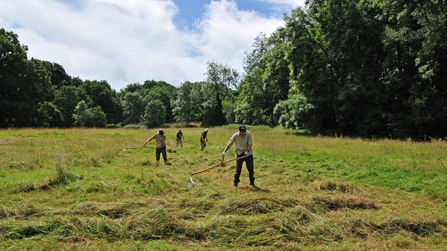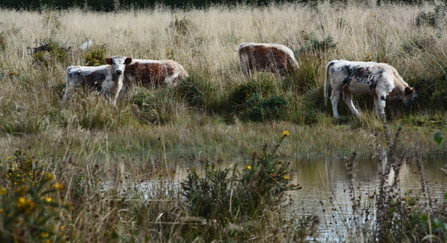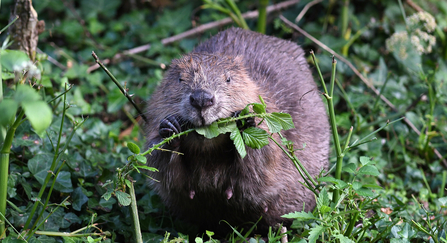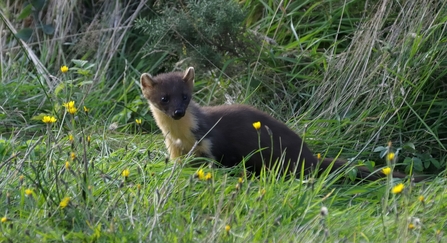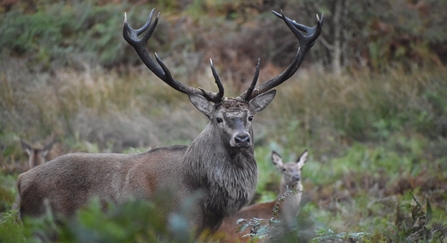Rewilding offers us a hands-off approach to nature conservation, leaving natural processes to do the heavy lifting - but is it really as simple as that?
Nature conservation in Britain has traditionally focussed on maintaining habitats heavily influenced by human activity. Wildflower meadows, coppiced woodland, chalk grassland and heathland all rely on continued intervention to keep them rich in wildlife. Meadows are mown to maintain their diversity, scrub removed to keep grass and heathlands open, while coppicing creates a variety of woodland habitats for all sorts of wildlife.


